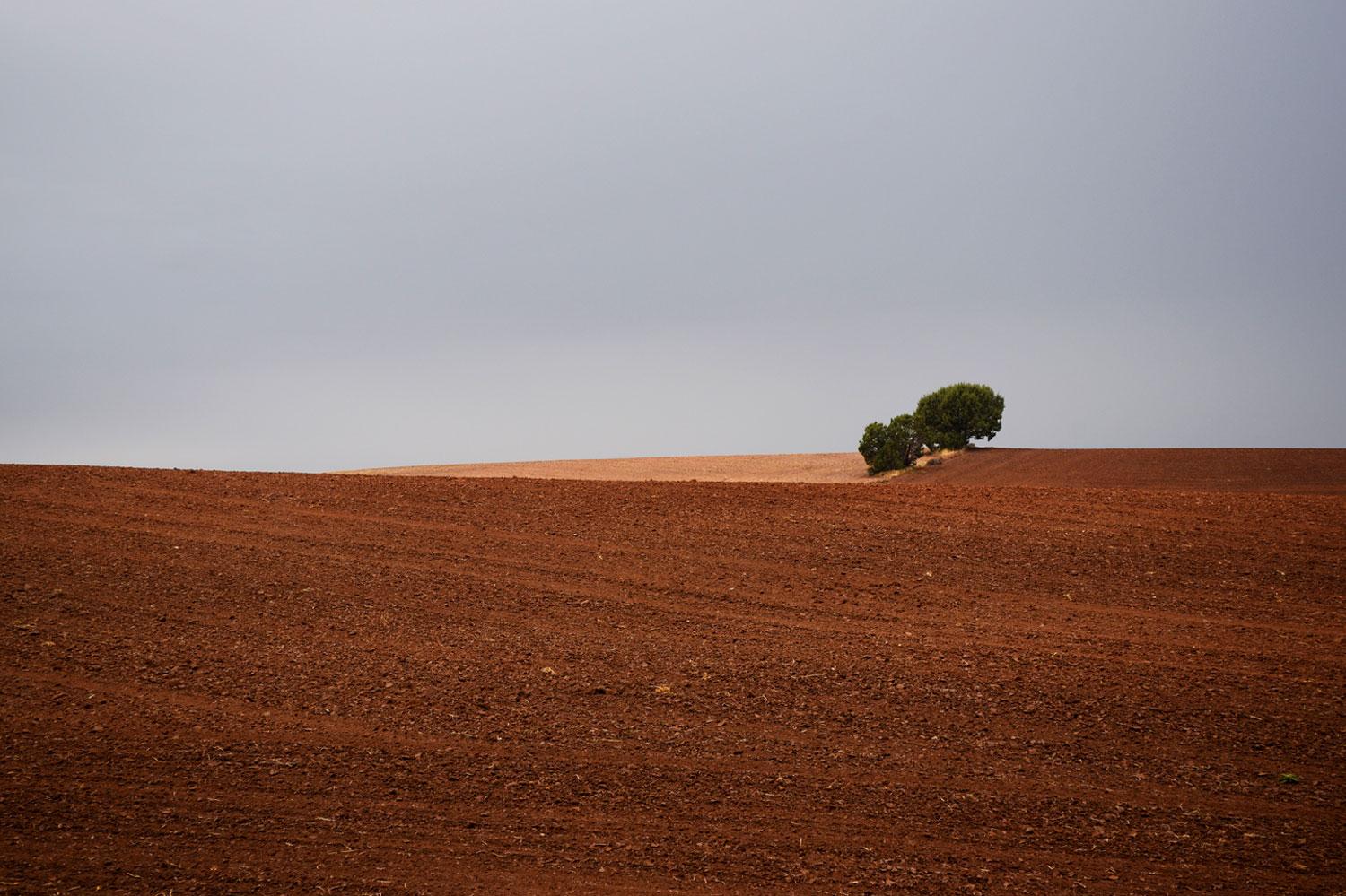

The drought that parched crops, crunched ranchers and drained reservoirs across Colorado in 2018 has quietly come to an end, a new map from the U.S. Drought Monitor shows.
Just 1 percent of the state is still in drought, compared to more than 50 percent earlier this spring.
“This is the best year that you could have after what we had last year,” said Colorado assistant state climatologist Becky Bolinger.
WOW. Drought Monitor out today shows even more improvements for southern Colorado. Yellow is abnormally dry....there's just a few spots of moderate drought in 3 counties. #COwx pic.twitter.com/fbh0KSMceV
Massive February snowstorms and a March bomb cyclone helped bring the statewide snowpack to 122 percent of average. In southwestern Colorado, conditions are so wet that some farmers can’t get to their fields to plant crops.
“It is crazy from before,” said Montezuma County hay producer Brian Wilson with a chuckle. He estimated he’s about two weeks behind schedule.
As Wilson waits for conditions to dry out, he’s purchased more fertilizer and supplies. He expects to grow more hay this than in 2018. But he also worries because he’s spent more money than usual.
“There’s always a gamble, yes,” Wilson said. “We’re hoping to at least break — even make a little bit — to recoup some of the losses we’ve had.”
Wilson and other farmers depend on water from nearby McPhee Reservoir in southwestern Colorado. In early February it was 7 percent full. Now it’s a quarter full and expected to fill up all the way.
What took water southwestern Colorado managers by surprise was the unusual rise in precipitation during February and March.
“[They] just came on like gangbusters,” said Mike Preston, general manager at Dolores Water Conservancy District. “The probabilities are that we’ll fill the reservoir, and we’ll have some excess water.
For Preston, that means letting extra water run down the river for boaters and recreators. That water will travel into the Colorado River system and help fill Lake Powell, a key part of the Colorado River Basin storage system.
In addition to reservoirs, many hope a plentiful snowpack will translate into fewer summer wildfires. That’s a boost to the Southwest Farm Fresh Cooperative, a group of vegetable growers who want to recoup 2018’s financial losses, in Cortez.
“Having all this water right now has buoyed a lot of spirits and people are hopeful and optimistic,” said General Manager Kendra Brewer.
Tourism dipped in 2018 due to fires and drought, and that affected the restaurants the co-op sells to. In turn, the co-op lost 10 percent of its sales.
This year won’t be easy for farmers, either: Some face declining crop prices while others struggle to find workers to harvest crops. And of course, there’s no telling when another dry year like 2018 might come along. The expectation is that it will get worse as the climate warms.
“What we do know is that if it’s hotter, there will be more evaporation, less recharge and less runoff,” said Reagan Waskom, director of the Colorado Water Institute at Colorado State University. Waskom said CSU is making great strides in developing seeds and technologies that may help farmers in the future. Colorado will likely see more swings like what happened over the past year, and new research won’t get rid of that white-knuckle emotional rollercoaster for farmers.
“So we may have drier drys and wetter wets and hotter hots,” he said. “We’ll figure out how to deal with climate. But it’s those weather extremes — drought, flood, hail — that are really hard to cope with.”









